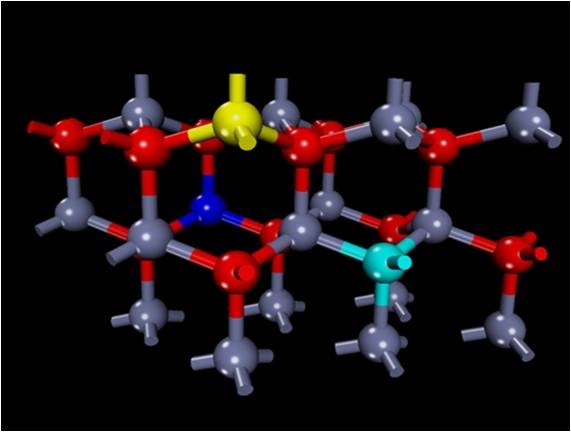报告题目: Frontiers in ZnO Materials and Devices
报 告 人: Professor David C. Look
Semiconductor Research Center, Wright State University, Dayton, OH 45435
报告时间:8月10日下午14:00~15:00
报告地点:中科院物理所 D楼 210会议室
联系人:杜小龙 82648062 |
报告人简介:
Dr. David C. Look is Senior Research Physicist and Director of the Semiconductor Research Center at Wright State University, Dayton, Ohio. He has carried out extensive electrical, optical, and magnetic resonance studies of many compound semiconductors, including most recently ZnO and GaN. He wrote the book Electrical Characterization of GaAs Materials and Devices, Wiley, 1989, and has published over 450 journal articles and been awarded 6 patents. His work is cited more than 1500 times per year according to the ISI Web of Science. Dr. Look has also organized and chaired many conferences, workshops, and symposia, including the First International Workshop on ZnO in 1999. He is a Fellow of the American Physical Society. |
Abstract:
ZnO shows promise for enhanced functionality in many types of devices, including UV light emitters, transparent transistors, RF transistors, and transparent electrodes for flat-panel displays and photovoltaic cells. All of these involve conductive n-type material, which is very easy to produce but, surprisingly, rather poorly understood. For electrodes, it is desirable to have the highest possible conductivity so that the layer can be kept as thin as possible. To understand highly conductive ZnO, we need to be able to quantify the donor ND and acceptor NA concentrations, and then identify them. Furthermore, for thin layers, say less than 50 nm, we need to consider surface/interface scattering and quantum effects. Recently, we have obtained very low resistivities in layers grown by pulsed laser deposition in unusual ambients, H2 and Ar, instead of O2. In an Ar ambient, using a Ga-doped target, we have achieved a 300-K bulk resistivity r = 1.8 x 10-4 W-cm, carrier concentration n = 1.2 x 1021 cm-3, mobility μ = 29 cm2/V-s, and optical transmittance about 90% in the visible and near-IR spectral regions. For this sample, our theoretical model yields ND = 2.3 x 1021 cm-3, and NA = 1.1 x 1021 cm-3. However, it would help to greatly reduce NA, because for NA/ND << 1, our model predicts outstanding performance: μ = 63 cm2/V-s and r = 4.3 x 10-5 W-cm, at the same value of ND. Preliminary results show that the acceptors, which are likely composed of VZn and GaZn-VZn, can be at least partially passivated by annealing in forming gas. Finally, interesting quantum oscillations in μ and n are predicted to occur with thickness, although we haven’t seen them yet.
|





